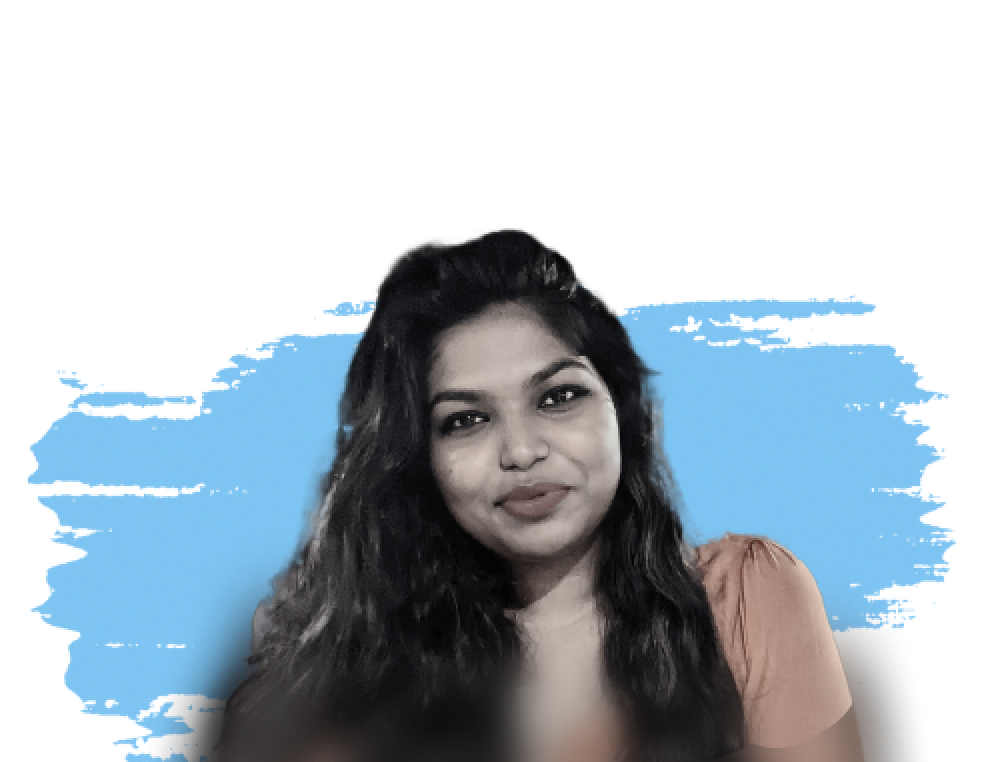Top 10 Healthcare CMMS in 2025
A Healthcare Computerized Maintenance Management System (CMMS) is a dedicated software tool that assists healthcare organizations in overseeing, monitoring, and enhancing medical devices, facilities, and infrastructure maintenance. This system aids in proactive asset management, guarantees adherence to regulatory standards, and elevates overall operational efficiency.
Key takeaways
- Healthcare CMMS is a sophisticated technological solution that transforms medical facility maintenance from a reactive to a predictive discipline by leveraging advanced analytics, IoT, and AI technologies.
- By providing comprehensive asset tracking, real-time monitoring, and intelligent workflow management, these systems help healthcare organizations optimize operational efficiency, reduce maintenance costs, and ensure regulatory compliance.
- Healthcare CMMS serves multiple stakeholders—clinical engineers, IT departments, and maintenance teams—by offering granular performance data, cybersecurity protection, and strategic insights into equipment health and lifecycle management.
- These tools represent more than just maintenance tools; they are strategic assets that empower healthcare organizations to deliver high-quality care by ensuring the reliability, safety, and optimal performance of medical infrastructure and equipment.
The multifaceted role of healthcare CMMS
Healthcare CMMS isn't a one-size-fits-all solution but rather a nuanced platform serving multiple organizational roles. Its multifaceted role offers specialized functionality tailored for different stakeholders within the healthcare setting.
1. For Clinical Engineers: The CMMS transforms equipment management from a reactive to a predictive discipline. By providing granular performance data, clinical engineers can achieve comprehensive equipment health tracking to monitor device conditions continuously. It’s predictive maintenance scheduling helps address potential failures before they occur.
The precise lifecycle management of medical devices, ensuring optimal use and replacement timing. Performance benchmarking across different equipment categories aids in informed decision-making and accurate assessment of equipment health.
2. For IT Departments: In an era of increasing cybersecurity threats, CMMS is a crucial security and monitoring tool that enables advanced analytics to identify potential technological vulnerabilities and ensure data integrity. It's real-time monitoring of medical device network interactions to prevent unauthorized access.
It offers comprehensive asset tracking and documentation for all IT equipment. The cybersecurity risk assessment and mitigation strategies safeguard sensitive medical data, which is a crucial task in the highly regulated healthcare industry.
3. For Maintenance Teams: Maintenance professionals gain unprecedented control and visibility, allowing for centralized work order management to streamline tasks efficiently. The automated preventive maintenance scheduling helps keep equipment in peak condition.
Inventory optimization can be achieved through effective tracking and resource allocation. Resource allocation tracking and performance reporting help in spotting trends and making strategic improvements.
The unbeatable benefits of a Healthcare CMMS
According to an Institute of Industrial Engineers (IIE) study, nearly half of a hospital’s budget is devoured by corrective maintenance costs for vital devices. This is where a healthcare CMMS comes into play, offering proactive asset management that reduces expenses and improves patient outcomes. It allows healthcare organizations to focus on what matters most—delivering high-quality care.
1. Cost optimization beyond financial savings
Cost optimization in healthcare maintenance is not merely about reducing expenses but about creating a strategic approach to resource allocation. A healthcare CMMS like Facilio enables organizations to move from costly reactive maintenance to predictive, preventative strategies. By identifying potential equipment failures before they occur, healthcare facilities can significantly reduce unexpected downtime, emergency repair costs, and premature equipment replacement.
2. Operational efficiency to streamline complex workflows
Operational efficiency in healthcare maintenance is about creating seamless, intelligent workflows that minimize disruptions and maximize resource utilization. A comprehensive CMMS software integrates multiple operational aspects—from work order management to asset tracking, inventory control, and compliance reporting—into a single, cohesive platform.
By automating routine tasks, providing real-time insights, and enabling data-driven decision-making, CMMS solutions transform maintenance teams from reactive responders to proactive strategists. This shift improves equipment reliability and enhances overall organizational agility and responsiveness.
3. Regulatory compliance to meet complex healthcare standards
Healthcare is one of the most heavily regulated industries, with constantly evolving compliance requirements. A sophisticated CMMS serves as a critical tool for ensuring consistent adherence to complex standards like HIPAA, FDA regulations, and the Joint Commission compliance requirements.
Automated documentation, comprehensive audit trails, and built-in compliance checks help organizations maintain impeccable records, reduce the risk of penalties, and demonstrate a commitment to the highest standards of patient safety and care quality.
4. Risk mitigation to prevent potential failures
Risk mitigation in medical facilities goes beyond simple equipment maintenance—it's about ensuring patient safety, preventing potential catastrophic failures, and maintaining the highest standards of care. A state-of-the-art CMMS provides real-time monitoring, predictive analytics, and comprehensive asset tracking to identify and address potential risks before they escalate.
5. Data-driven decision-making with actionable insights
In the era of big data, maintenance is no longer a back-office function but a critical strategic asset. A modern CMMS transforms raw maintenance data into actionable insights, enabling leadership to make informed decisions about equipment investments, resource allocation, and long-term facility planning.
Features to look for while selecting the right healthcare CMMS
When choosing a healthcare CMMS, organizations should conduct a comprehensive assessment across multiple dimensions:
- Asset Life Optimization: Includes advanced preventive maintenance scheduling, real-time performance metric tracking, predictive maintenance analytics, and comprehensive asset health scoring.
- Inventory Management: Ensures seamless integration with supply chain management systems, real-time inventory tracking, automated reordering capabilities, and detailed usage pattern analysis.
- Compliance and Safety: Robust incident reporting mechanisms, customizable audit trail documentation, support for healthcare-specific regulatory standards (HIPAA, MDR, GMDN), and automated compliance checking and alerting.
- Usability and Accessibility: Intuitive, user-friendly interface, cross-platform mobile accessibility, collaborative communication tools, and an easy learning curve for diverse user groups.
- Data Integration: Seamless connectivity with existing systems, ensuring centralized data management and enabling comprehensive reporting and analytics capabilities to drive informed decision-making.
- Cost Management: Incorporates detailed cost tracking and budgeting tools, providing insights into expenditure patterns, and enabling strategic financial planning and cost-saving opportunities.
- Enhancement Focus: Regular updates and feature enhancements based on user feedback and technological advancements, ensuring the system remains robust, efficient, and aligned with industry best practices.
By focusing on these aspects, healthcare organizations can select a CMMS that not only meets their current needs but also positions them to adapt to future challenges, maximizing both their economic and operational efficiencies.
10 Best healthcare CMMS software in 2025
Before putting together this guide of the 10 best healthcare CMMS, we carefully reviewed user feedback for each software. We also consulted online forums and trusted publications to understand each product's features. We’ll cover the features of each one and bring you verified customer reviews.
1. Facilio
Facilio's next-gen healthcare CMMS offers a comprehensive suite of modules specifically designed for healthcare maintenance management. This modern, cloud-based platform leverages the power of IoT and AI to transform routine maintenance tasks into strategic processes.
It enables holistic stakeholder management, allowing different team members to collaborate seamlessly while providing extensive customization features to tailor workflows to specific organizational needs. With its advanced workflow automation capabilities, tasks are streamlined and efficiently executed, reducing human error and saving time.
- Pros: Integrated platform for healthcare management, proactive maintenance, seamless interoperability with existing systems.
- Cons: A learning curve to get used to the platform and unlock its full potential.
"Once we switched to Connected CMMS, it became easy for our team to manage UAE's largest chain of hospitals—all the data was in place for our technicians to see and act on." - Hanie Abdul Sathar, Director of Eurohealth Systems
2. Fiix
Fiix's cloud-based platform offers a robust and comprehensive solution for maintenance management. Users can effortlessly track and manage diverse assets, including vehicles, buildings, and inventory. Its intuitive interface enables seamless asset management, providing real-time insights and analysis.
With Fiix, maintenance teams can optimize workflows, schedule preventative maintenance, and streamline work orders. This ensures reduced downtime and maximized asset lifespan, making Fiix an essential tool for efficient operational management.
What users like
“Fixx keeps our team organized and efficient; it's great for traceability and keeps creating a solid work history log for our assets for future reference.” - Jay W.
What users don’t like
“The limited integration options left us wanting more flexibility.” - Verified User in Oil & Energy.
3. Fracttal
Fracttal is an advanced CMMS solution that leverages the power of IoT technology to provide comprehensive facility management services. It goes beyond basic maintenance tasks by offering real-time asset updates and analytics.
With Fracttal, you can measure environmental quality, ensuring that your facilities not only operate efficiently but also meet sustainability standards. This IoT integration allows for proactive maintenance, reducing downtime and extending the lifecycle of assets. Whether you manage a single site or multiple locations, Fracttal provides the tools you need for optimal asset performance and efficient facility operations.
What users like
“It has a lot of different filters and custom fields to configure specially to suit your business area” - Cristian S. | Jefe de Mantenimiento e Infraestructura; Renewables & Environment
What users don’t like
“The work orders are not lined up properly. The technical analysis, when exporting information, appears very disorganized.”—Meylin P. | ING. MANTENCION; Import and Export.
4. Limble CMMS
Limble Maintenance Management is an easy-to-use, mobile-first software designed to efficiently manage and streamline maintenance tasks. It provides robust features that cater to both preventative and reactive maintenance needs, allowing organizations to plan and respond swiftly to maintenance issues.
With modules for work orders, reporting, and comprehensive facilities management, Limble ensures all building maintenance tasks are tracked and executed seamlessly. This software is particularly beneficial for property managers, offering centralized management, automating activities like rent reminders, and generating financial reports, ultimately saving time and money.
What users like
“The versatility of the program makes it easy to implement in-depth PMs, conditional inspection, and calibration schedules.” - Brad L. | Maintenance manager
What users don’t like
“When viewing a list of parts assigned under an asset, there is no search to get to something quickly, so you may have to scroll through hundreds of parts.” - Andrew W. | Parts and purchasing specialist; Mining & Metals
5. ServiceChannel
ServiceChannel is accessible on both web and mobile platforms, providing seamless accessibility and convenience for users. This multi-platform availability streamlines processes by enabling timely communication, real-time data synchronization, and enhanced task management from anywhere.
By maintaining compliance across all devices ensures adherence to industry standards and regulatory requirements, fostering trust and reliability in the system.
What users like
“Managing expectations is much easier with the missed ETA alerts, and I can easily see where my team needs to focus their efforts.” - Mari-Clare L. | Sr. Production Manager; Retail
What users don’t like
“The back end of SC, however, was much more difficult to manage and integrate into a large company.” - Ryan N. | Reflexis Implementation Manager; Retail
6. UpKeep
UpKeep offers a comprehensive suite of features, enabling users to efficiently log maintenance and repair activities while providing insightful analytics for trend analysis. By leveraging these capabilities, users can make informed decisions that enhance operational efficiency and asset management strategy.
What users like
“One of the most helpful aspects of UpKeep is the ability to create custom cadence settings and triggers for work orders...” - Shawn G.
What users don’t like
“The only thing I do not like about the platform is the ability to create an exact copy of inventory. I understand that we can duplicate an item; however, it is confusing when pulling reports or taking items from inventory.”—Brandon M.
7. DIMO Maint
DIMO Maint CMMS stands out by offering robust solutions for comprehensive asset management, effectively integrating advanced features like efficient geolocation and budget management. This enables property managers to not only track their assets accurately but also allocate resources more strategically.
With geolocation capabilities, assets can be easily located across various sites, improving logistical efficiency and reducing time spent on manual searches. Additionally, the budget management feature facilitates prudent financial planning by providing real-time insights into asset-related expenditures, ensuring that budgets are adhered to without sacrificing operational efficiency.
What users like
“Management of multi-windows…easy to import data” - Chris | Automotive
What users don’t like
“Using this software, I have noticed that sometimes when I want to access it, there are some bugs until I restart my session.” - Verified User in Mechanical or Industrial Engineering.
8. Proteus CMMS
Proteus CMMS, specifically designed for hospitals, offers a comprehensive solution for maintaining inventories of critical assets. By integrating advanced asset tracking, preventive maintenance scheduling, and real-time monitoring, hospitals can ensure the seamless operation of their facilities.
With Proteus CMMS, healthcare facilities can focus on what matters most—delivering exceptional patient care without disruption. The platform's user-friendly interface and robust analytics further empower hospital staff to make informed, data-driven decisions, optimizing asset longevity and reducing downtime.
What users like
“It supports the critical BACNet over IP protocol, out of the box, to make it a unique facilities maintenance and management application that can easily be integrated with all leading BMS applications.” - Manish | Information services
What users don’t like
“There seem to be too many screens that need to be completed before a WO or PM can be completed and closed. Very frustrating if you leave a page without saving and upon return the info has vanished.” - Joel | Electrical Manufacturing
9. TruAsset
TruAsset is tailored for healthcare facilities management, offering robust solutions that streamline work orders, enhance resource tracking, and ensure optimal utilization of assets. This platform excels in providing a comprehensive overview of maintenance needs, enabling healthcare facilities to prioritize tasks effectively and allocate resources efficiently.
With its user-friendly interface and advanced reporting features, TruAsset empowers facility managers by delivering real-time insights into asset performance and maintenance requirements. By integrating seamlessly with existing systems, TruAsset reduces operational downtime and contributes to healthcare operations' overall efficiency and cost-effectiveness.
What users like
“TruAsset is incredibly easy to use and intuitively follows the workflow inside the system as built. Not much imagination needs to be added.” - Tony P. | Biomedical technician; Hospital & Healthcare
What users don’t like
“Our techs use the system on cell phones. We wish we had an app that would be more conducive to use in the field.” - Robin S. | Office manager; Biotechnology
10. Cryotos
Cryotos CMMS is expertly designed to meet the demands of fast-paced healthcare environments. This advanced software solution not only aids in ensuring compliance with industry standards but also enhances asset tracking capabilities, helping healthcare facilities maintain rigorous oversight of their equipment and resources.
It helps streamline maintenance workflows, improve asset reliability, and ultimately provide better care to patients by reducing equipment downtime and ensuring that all assets are readily available when needed.
What users like
“What I like the most about Cryotos is how I am always able to get support on the different issues and also on the new feature development.” - Amaan S. | Business development executive; IT services
What users don’t like
“Inventory management is not user friendly; report generation needs to be developed further.” - Suresh S. | Senior manager; Chemicals
Key features of Facilio’s connected CMMS in healthcare maintenance management
1. Asset lifecycle management
Facilio's healthcare CMMS helps hospitals maintain medical equipment, like OR lights and tables, by prioritizing preventive maintenance. Using equipment health scores, it spots when things might need fixing, prolonging asset lifecycle.
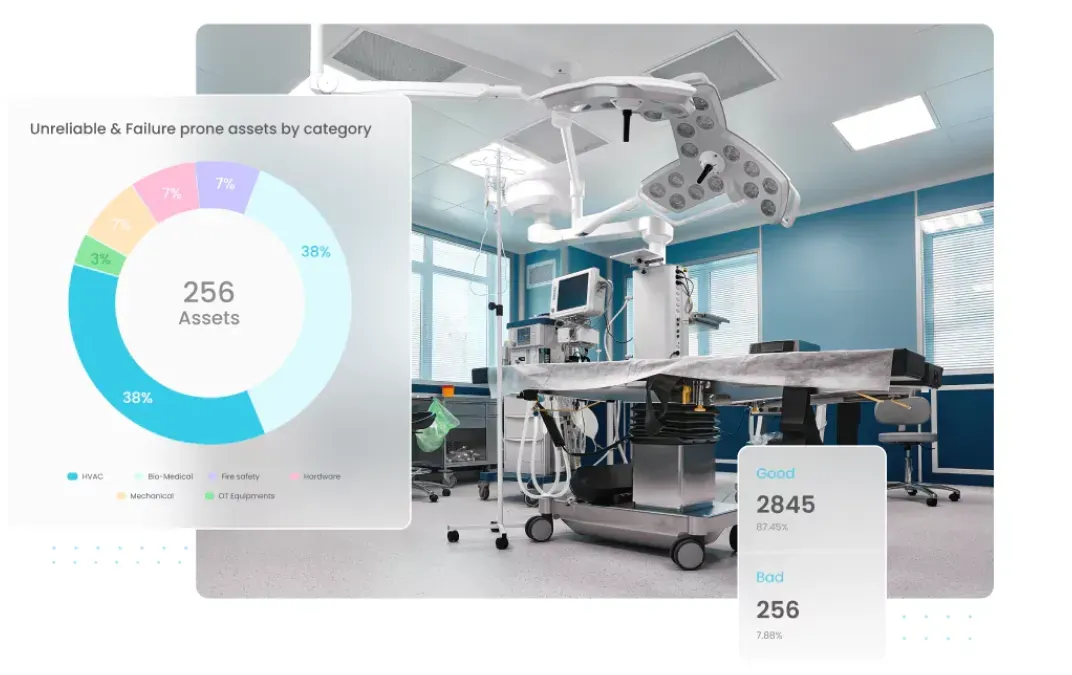
2. Configurable reports
You have a comprehensive view of your operations with a single-pane-of-glass visibility. You can use these facility reports and dashboards for effective budget planning.
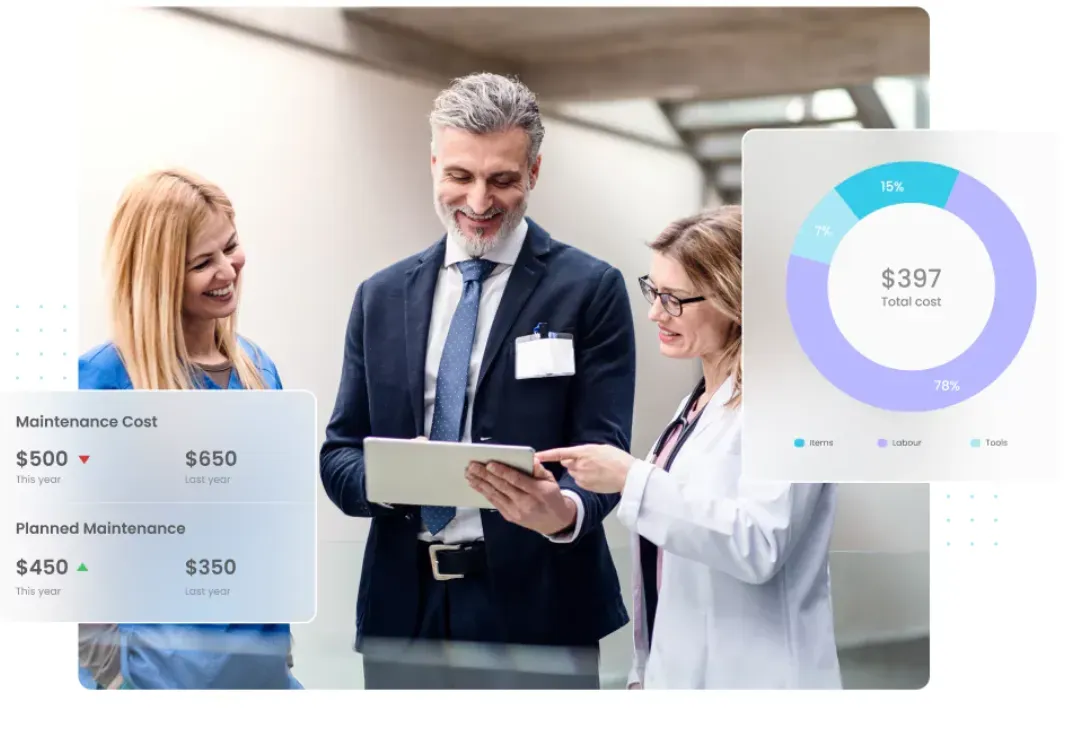
3. Fault detection and diagnostics (FDD)
Facilio's FDD utilizes machine learning and IoT to predict equipment failures and monitor energy usage patterns. For example, it swiftly identifies manual adjustments in VAV handlers, which are crucial for emergencies or specialized processes like sterilization.

4. Biomedical inventory management
This provides accurate data for better tracking equipment and informed buying decisions. The mobile app allows you to easily track the location and availability of your biomedical gear by scanning barcodes.
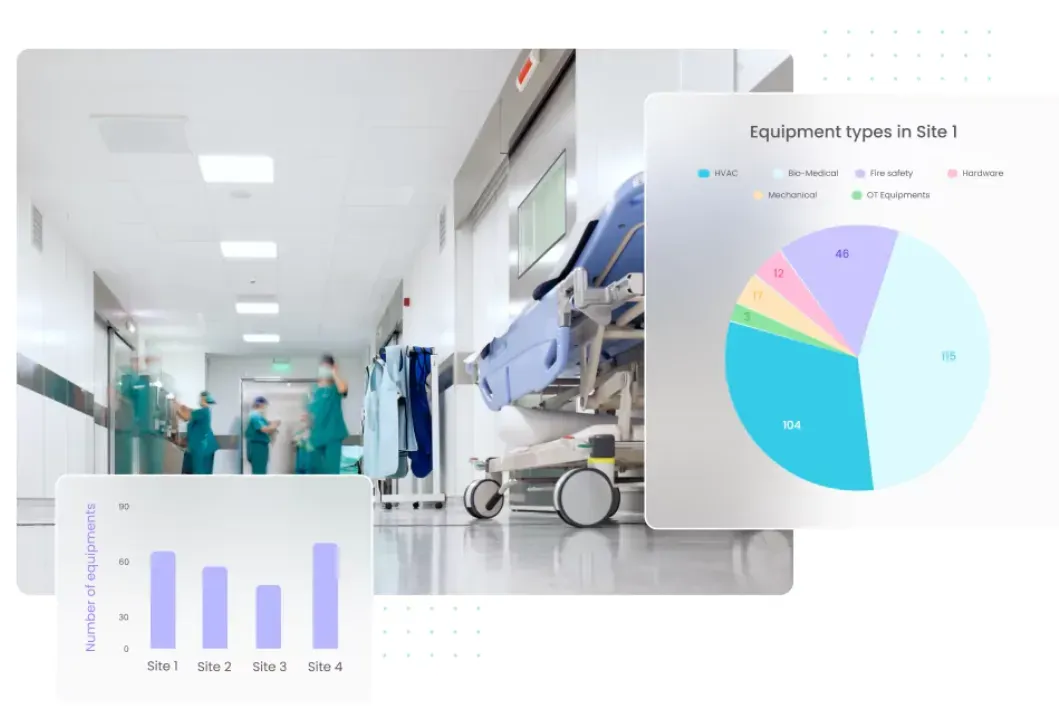
5. Energy management
This lets you monitor equipment usage, pinpoint energy-saving chances, and curb wasteful energy use. You can receive alerts for potential equipment hazards to maintain a safe facility and schedule device operating hours to avoid unnecessary energy use.
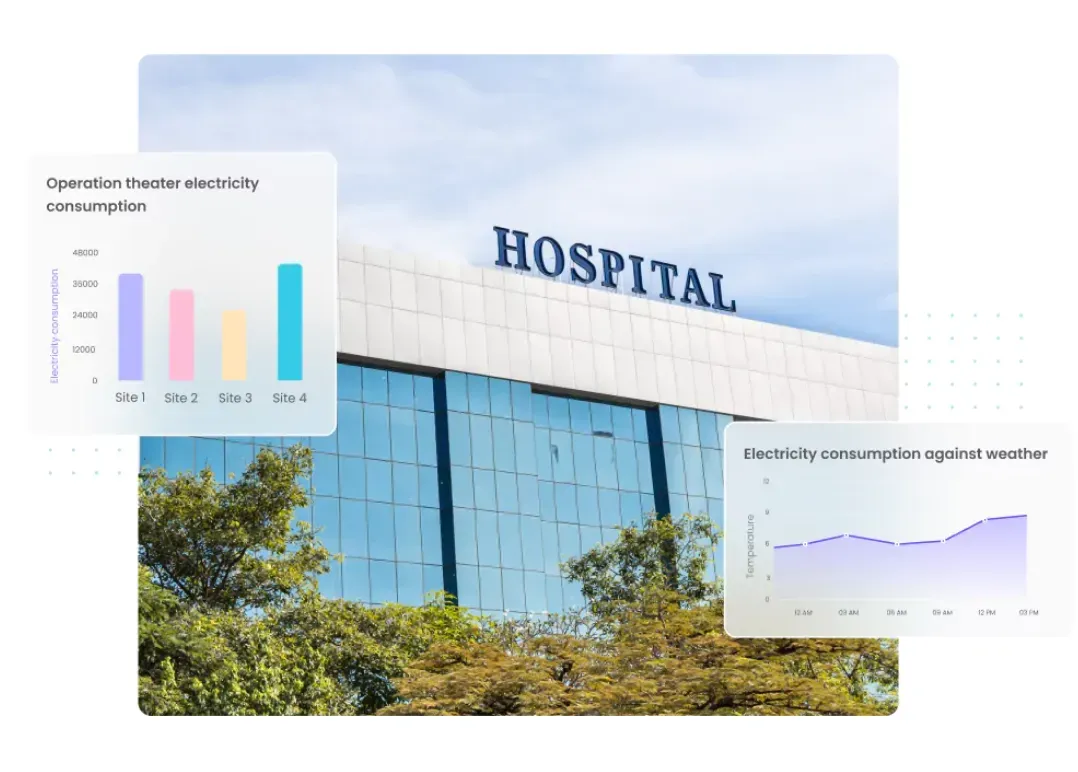
6. Audit and compliance management
With Facilio, inspections can be set up to run independently, keeping everything up to standard without extra manual inputs. Plus, you can customize compliance and inspection forms to fit all your medical devices.
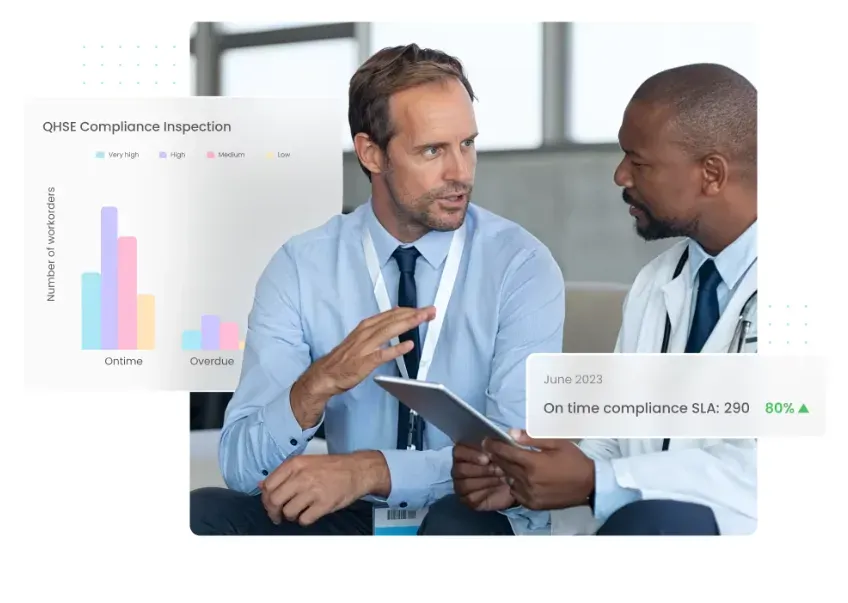
7. Smart workflow setup
This system makes maintenance easy and reduces urgent calls to the maintenance team by as much as 80%.
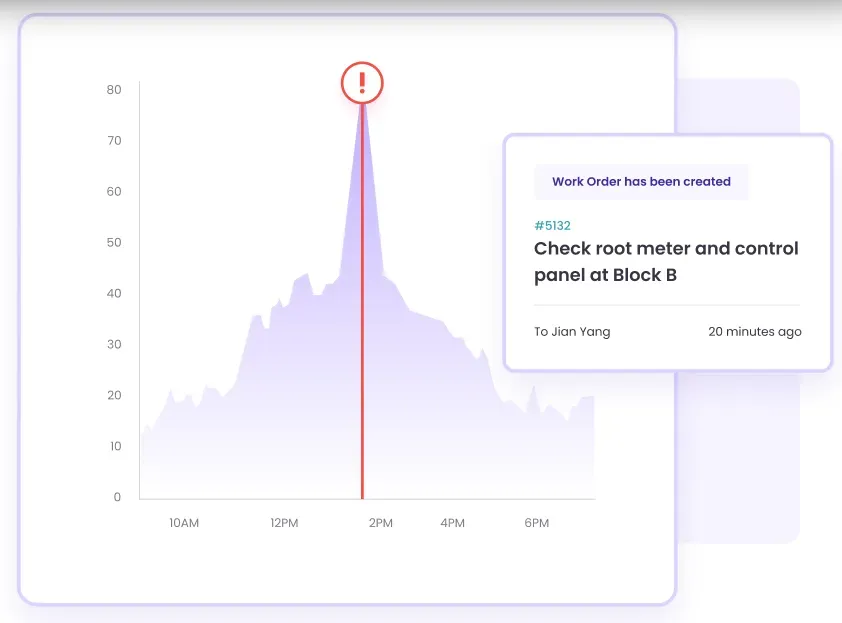
Other ways in which Facilio's connected CMMS helps medical facilities:
- Enhanced visitor and occupant experience: Implement data-driven visitor logs for accurate record-keeping through Facilio's occupant portal.
- Contractor management: Build strong ties with top contractors via Facilio's contractor management portal to ensure a consistent supply of essentials like gloves, masks, and disinfectants.
- Regular facility cleaning and sanitization: Monitor RFID tags for janitorial tasks and sanitize high-touch surfaces like stairway rails.
Conclusion
Incorporating a connected CMMS into your healthcare organization is not just about maintenance management; it’s about ensuring excellence in healthcare delivery.
By adopting automated and predictive systems, you can not only reduce downtime but also significantly contribute to better patient care. The time to transform your maintenance operations is now—lead your organization into a future-ready healthcare system.
